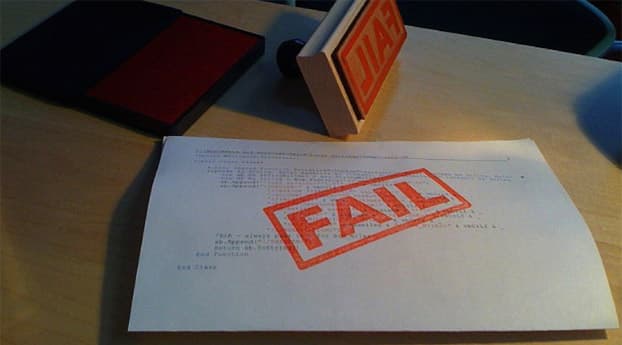Can Pre-Launch Failure Analysis Help Prevent Consumer Returns?

When a company creates a product, the last thing they want to think about is the possibility of that product failing. However, no product will live forever, and smart manufacturers consider the end of the lifecycle before it begins. However, you don’t want the lifecycle to end before the product has performed its function. Instead of settling for a high percentage of consumer returns, your company can analyze merchandise for failures before the item launches to the public.
What Categories does Failure Analysis Cover?
yAnalyzing data after a product hits the market can be a great way to determine who bought the product and who returned the product. That kind of data can help with marketing your items – determining which retailers provide the best placement and advertising for the best return on your investment. But statistics like those don’t reveal issues that exist before the product reaches the market.
Failure analysis will help narrow down flaws and malfunctions in your products before they go into mass production. Each company will have different reasons for determining where failures could occur, but generally, the analysis falls into two broad categories: product development and production processes.
What are some Concerns with Product Development?
Product development failures occur in the actual physical item. A great example of an industry that pays close attention to product development is the electronics industry. With so many moving components, it’s critical to perfectly design and construct each item.
Failures can create potential safety hazards and could even lead to product recalls. Recalls will negatively impact the reverse logistics department, and large-scale consumer returns cause a big hit to your company’s bottom line.
In addition to safety concerns, products that use older technologies can make the item obsolete more quickly. Products that wear out sooner than they should lead to increased returns, customer dissatisfaction, and lack of brand trust.
How do Processes in Production Factor into Potential Failures?
Production failures refer to malfunctions in the machinery and other technologies used to create the product, and employee involvement in the process. Safety isn’t just about concern for the customer; your company understands that it must shield everyone in the supply chain from potential failures. Adhering to safety measures during production protects your employees from hazards in the machinery or other aspects of production.
In production, however, avoiding failures goes even deeper than safety concerns. For example, lack of reliability during production can reduce efficiency in product roll-outs and employee performance.
That can open the door to customer dissatisfaction because production failures result in retailers receiving less than quality merchandise. When that happens, there will be an increase in returned merchandise.
When your company analyzes potential areas of failure in the products and production processes before the items reach the shelf, everyone wins. Failure analysis protects your customers and employees from safety concerns and your company’s reputation and profits by decreasing the likelihood of consumer returns.
Image credit: Hans Gerwitz






